Oman Secures $564 Million Solar Deal with JA Solar, Marking China's Deepening Role in Middle East's Energy Transition
Spanning 32.5 hectares, the facility is expected to reach an annual output of 6 GW of solar cells and 3 GW of solar modules. By deploying full-chain manufacturing capabilities, Oman is poised to become a key node in the regional clean energy value chain. This agreement sends a number of signals worth close attention—from its economic and industrial impact to its geopolitical implications.
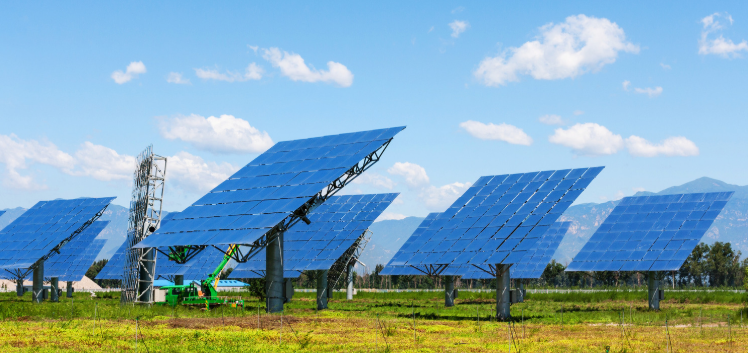
Khalid bin Salim Al Khasibi, Director General of Industry at the Ministry of Commerce, Industry and Investment Promotion, stated, “This project supports Oman’s 2040 Industrial Strategy. Renewable energy is a priority sector because of its potential to create new industrial opportunities, increase the manufacturing sector’s contribution to GDP, and diversify the energy mix.” This policy endorsement positions the JA Solar project as a crucial pillar in Oman’s path toward industrial modernization.
Importantly, this is not merely a plant construction project—it encompasses core manufacturing processes and fosters localized industrial clustering. From polysilicon processing to module assembly, JA Solar will integrate the entire production process within Oman’s ecosystem, advancing local technology capacity while driving stable employment and upstream-downstream investment flows.
Oman, a Gulf nation with abundant sunlight and a strategic location, has long struggled with limited industrial infrastructure and fragmented supply chains—key constraints on its clean energy development. JA Solar’s overseas venture addresses this gap not by seeking export substitution, but by embedding full-chain integration into the Middle East market, offering a compelling example of high-quality globalization for Chinese manufacturing.
Fan Jingchao, General Manager of JA Solar Oman, emphasized: “Our plant marks a significant leap in the solar PV supply chain, integrating all critical components from polysilicon to modules. Suhar Free Zone’s strategic location offers vital logistics advantages, placing us at the heart of a fast-growing renewable energy hub.”
The implication is clear: this factory is not designed solely for Oman’s domestic market. With Suhar Port’s access to the Arabian Sea, the plant will serve as a logistical node for exports to high-growth markets such as India, East Africa, and Southern Europe, positioning it as a key overseas production base in China’s "going global" strategy for its PV industry.
Support from Oman's side has been notable. According to Mohammed Al Huzai, Acting CEO of Suhar Free Zone, the first-phase zone has nearly reached full capacity, and phase two expansion is now underway. The goal: “to promote the local solar manufacturing sector, reduce carbon emissions, and enhance regional sustainability standards.”
This represents a classic model of “infrastructure + industrial clustering.” With proactive planning of land, energy, water, and logistics resources, the development pace of the Suhar Free Zone is fully aligned with the requirements of high-quality foreign investment projects. This approach ensures project certainty and replicability, setting the stage for more green manufacturers and creating future opportunities for localized high-end service sectors such as finance, legal, and accounting.
For cross-border institutions in banking, insurance, law, and professional services, such projects are releasing increasing demand for financing, M&A, project management, and compliance. Particularly in renewable energy finance, green bond issuance, and export credit insurance, this offers substantial service opportunities.
From a global perspective, this project signifies the proactive shift of traditional energy economies in the Middle East toward a “new oil” paradigm. As the world pursues energy transition and carbon neutrality, Middle Eastern countries are recognizing the need not just to export energy—but to export green capabilities.
Chinese companies have become accelerators in this transition. Led by PV manufacturers like JA Solar, China is exporting not only equipment, but also technology, management, and integrated services—embedding itself in the green transformation of host countries. This represents a key pathway for advancing China’s high-quality Belt and Road development and shaping a new global clean energy order.
From a risk perspective, the project also reflects the growing maturity of Chinese firms in overseas manufacturing. Against the backdrop of geopolitical tensions, raw material price volatility, and the advancing carbon border adjustment mechanisms, the “produce locally + supply nearby” model helps mitigate trade barriers, enhance cost control, and establish new steady-state operations for Chinese enterprises abroad.
This is not just another solar factory, nor an isolated foreign investment. From policy support, industrial synergy, financial services, and risk control to geopolitical reshaping, the collaboration between Oman and JA Solar encapsulates a multidimensional convergence of interests and showcases the tangible globalization of China’s industrial chains.
Looking ahead, hubs like Suhar—emerging as the Middle East’s new centers for renewable energy—will become the next strategic battlegrounds for Chinese enterprises seeking global reach. For professionals in banking, insurance, law, accounting, and government investment promotion, understanding the industrial trends and capital flows behind such projects will be key to expanding business on an international scale. Chinese manufacturing is standing at the forefront of the global clean energy shift—and this is just the beginning.









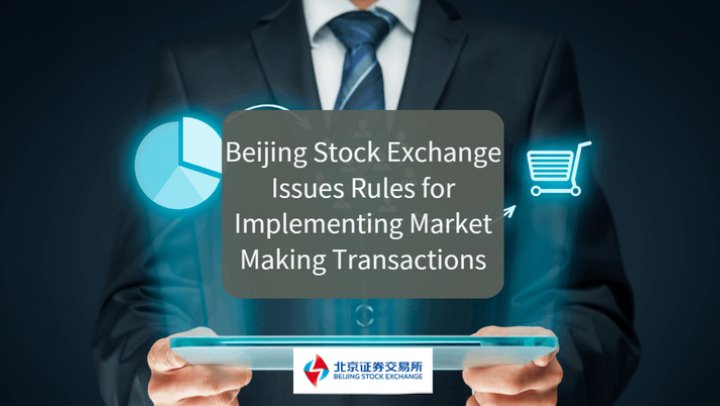
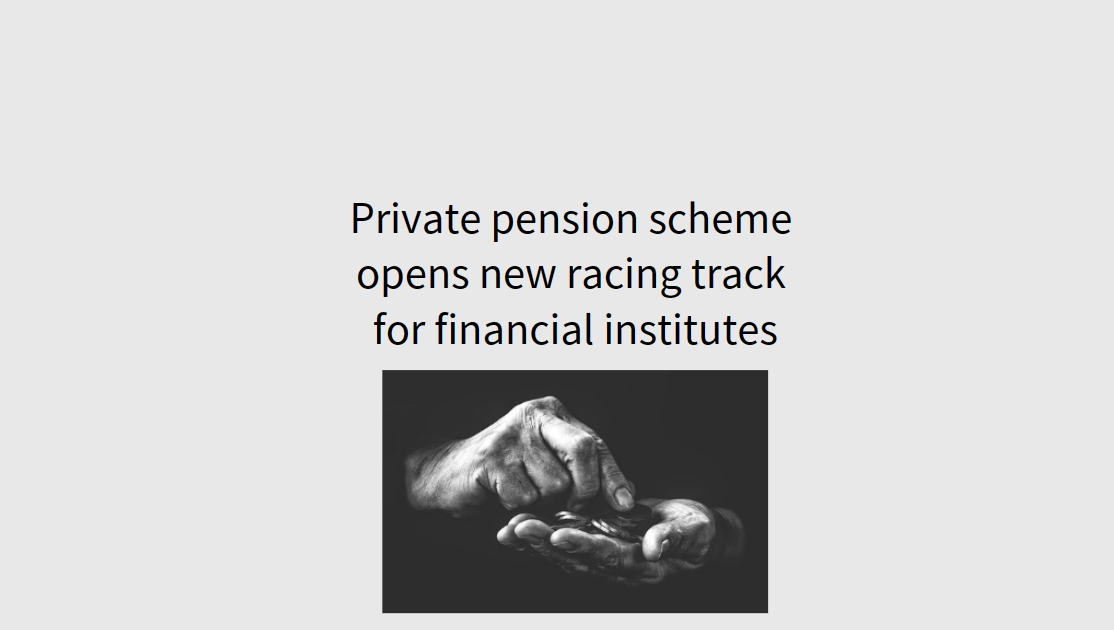
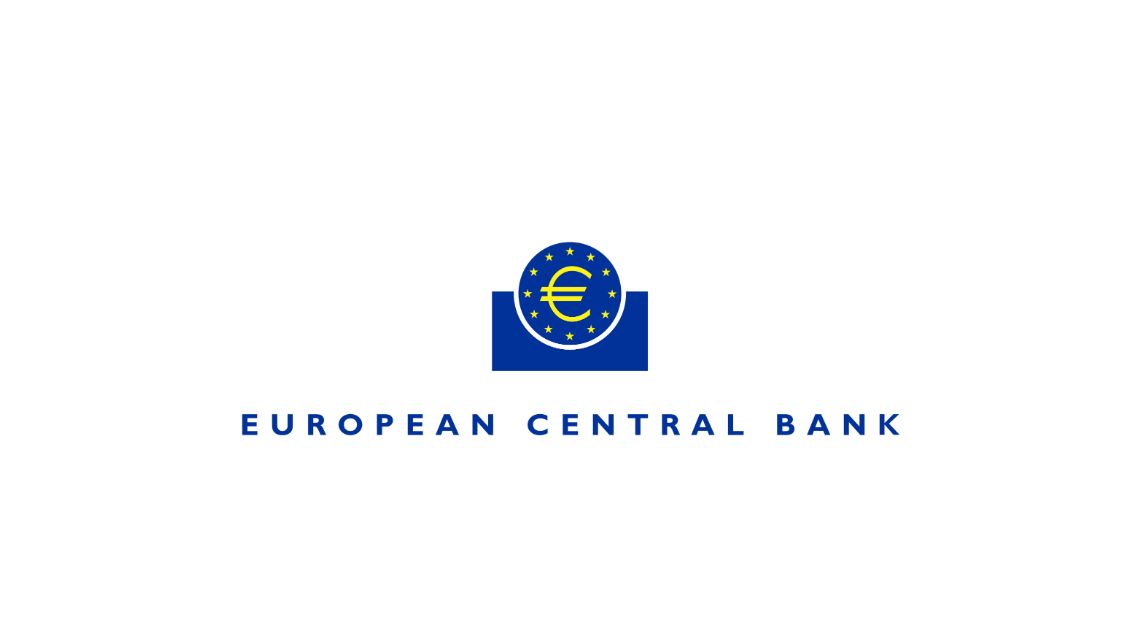
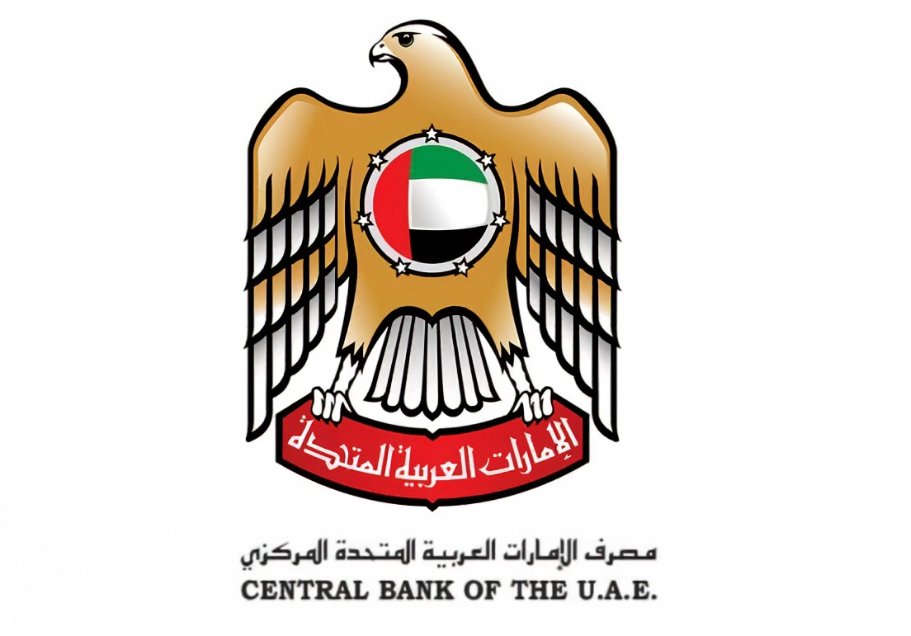
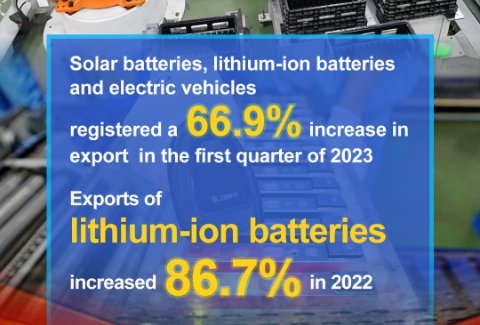
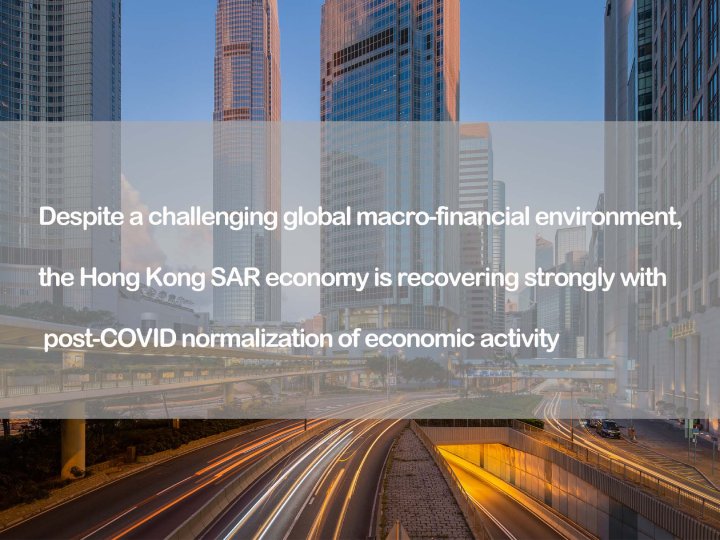
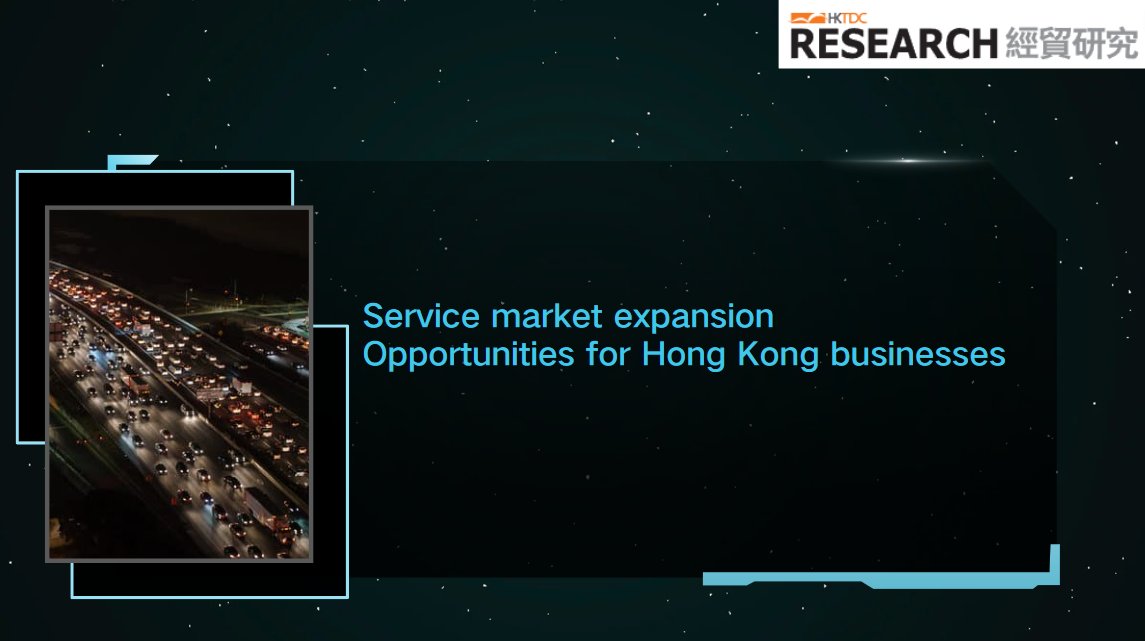
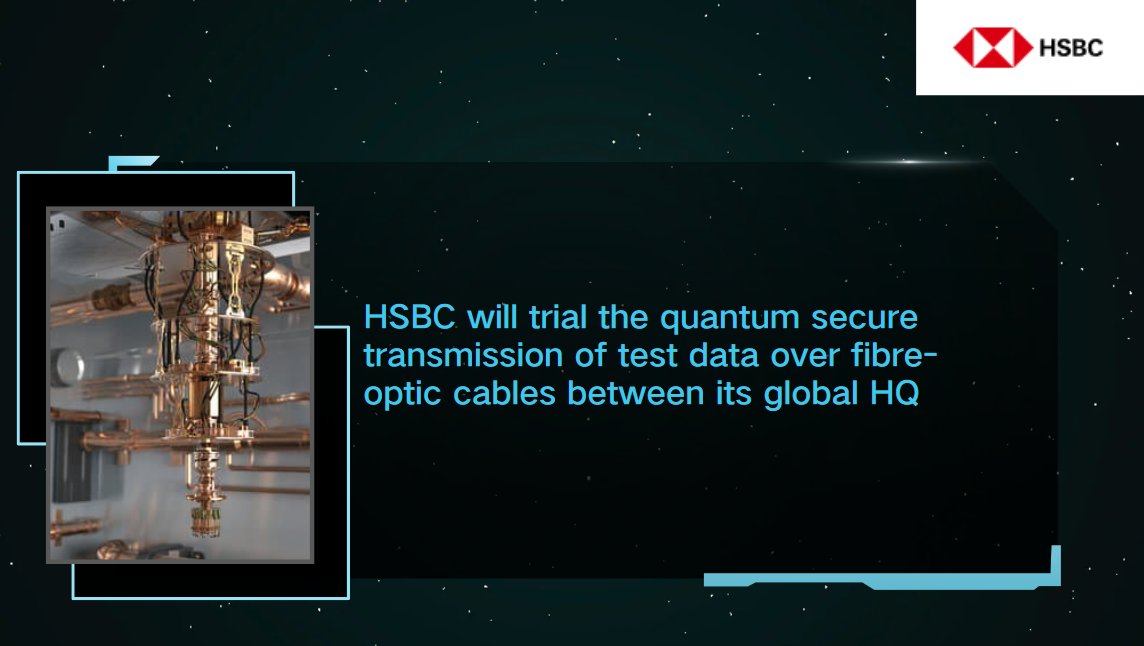
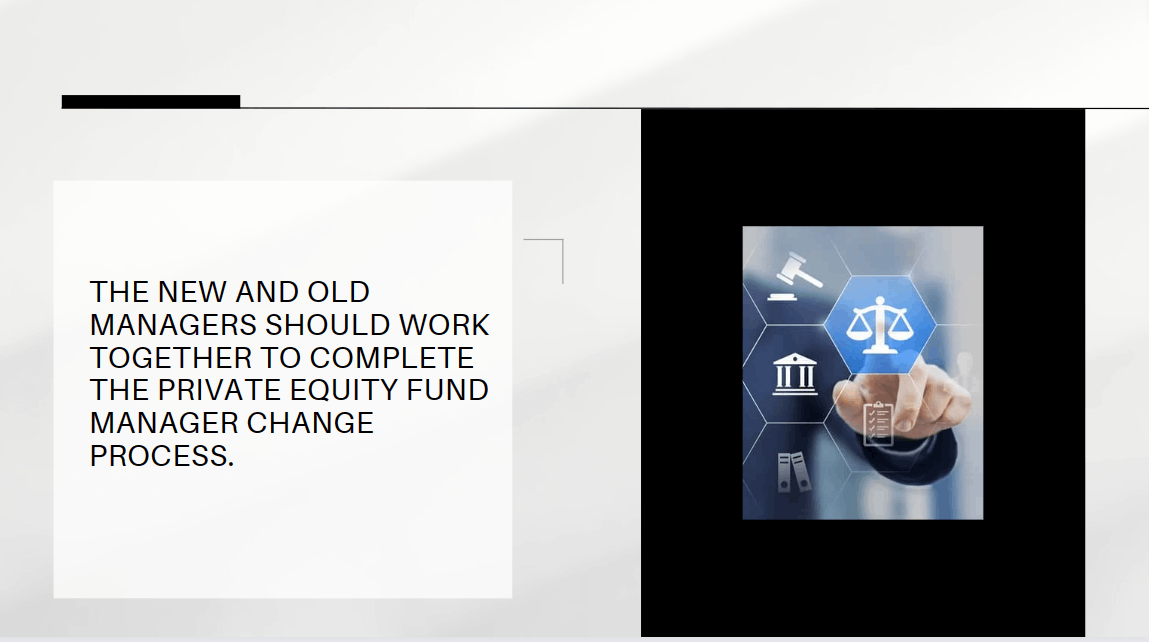
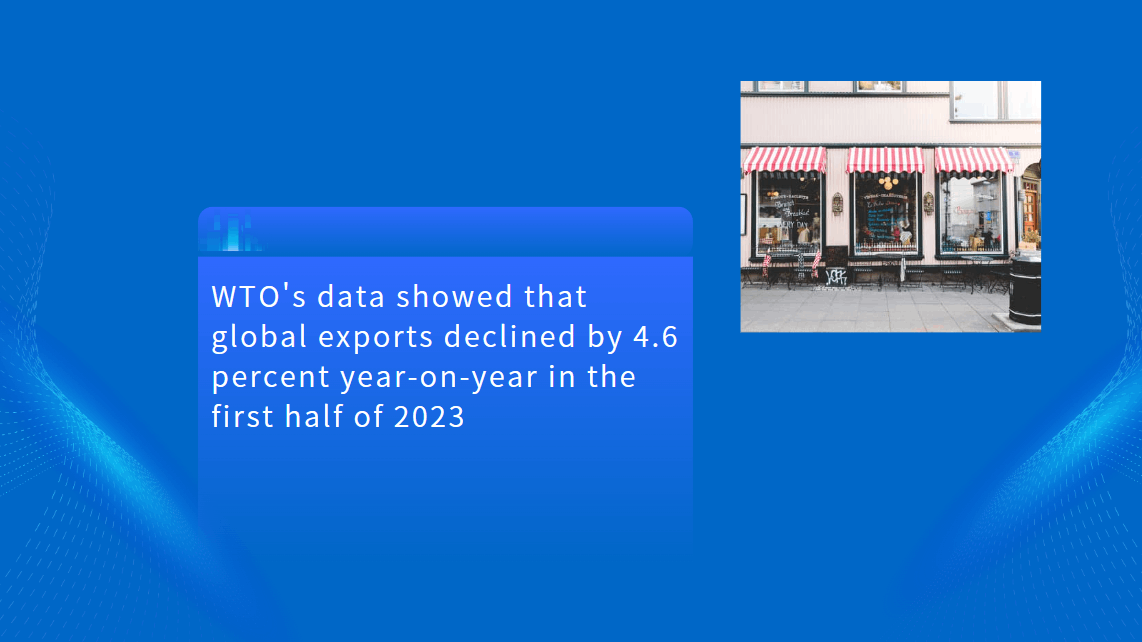
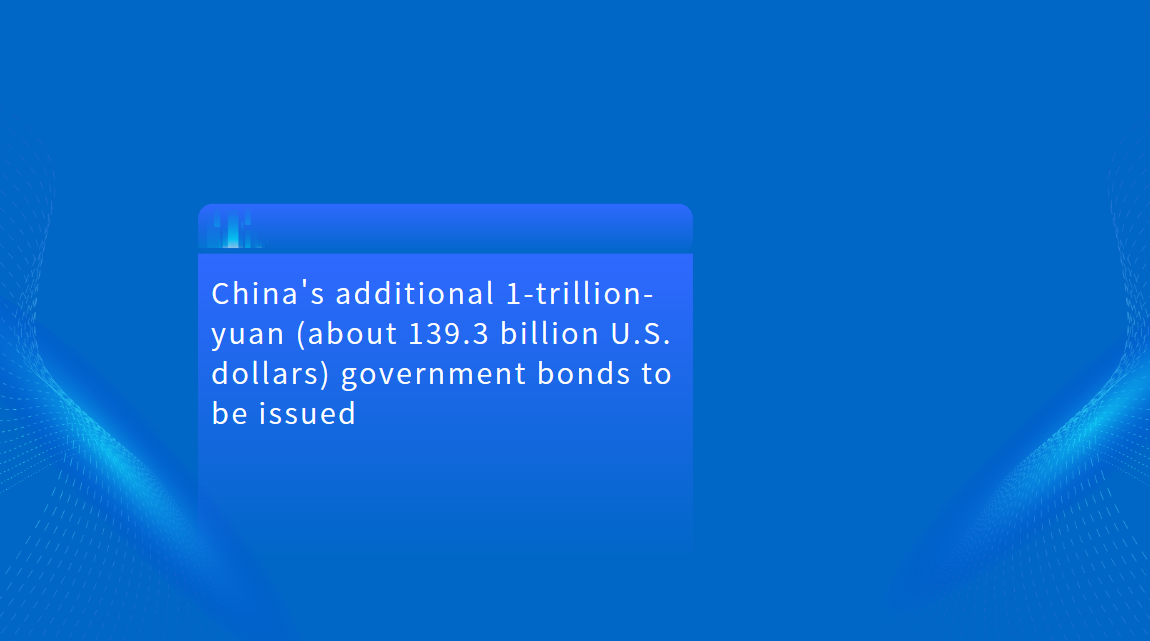

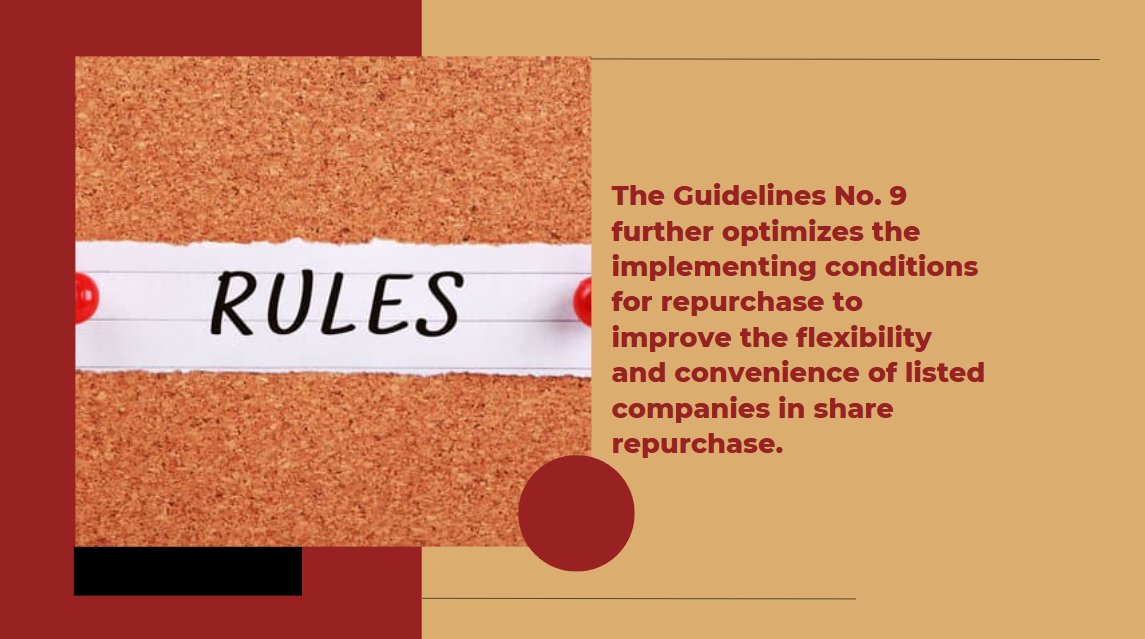
















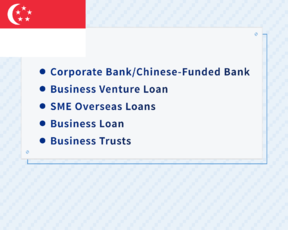

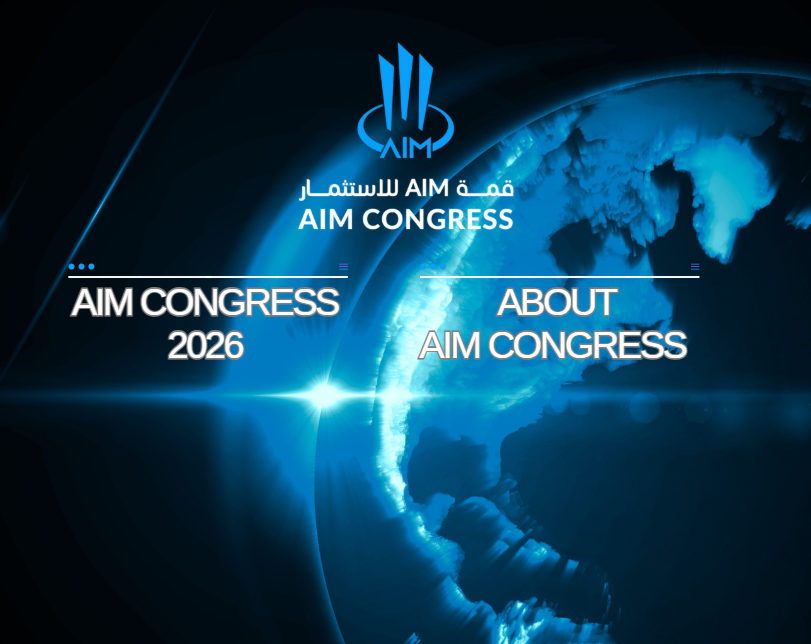












First, please LoginComment After ~